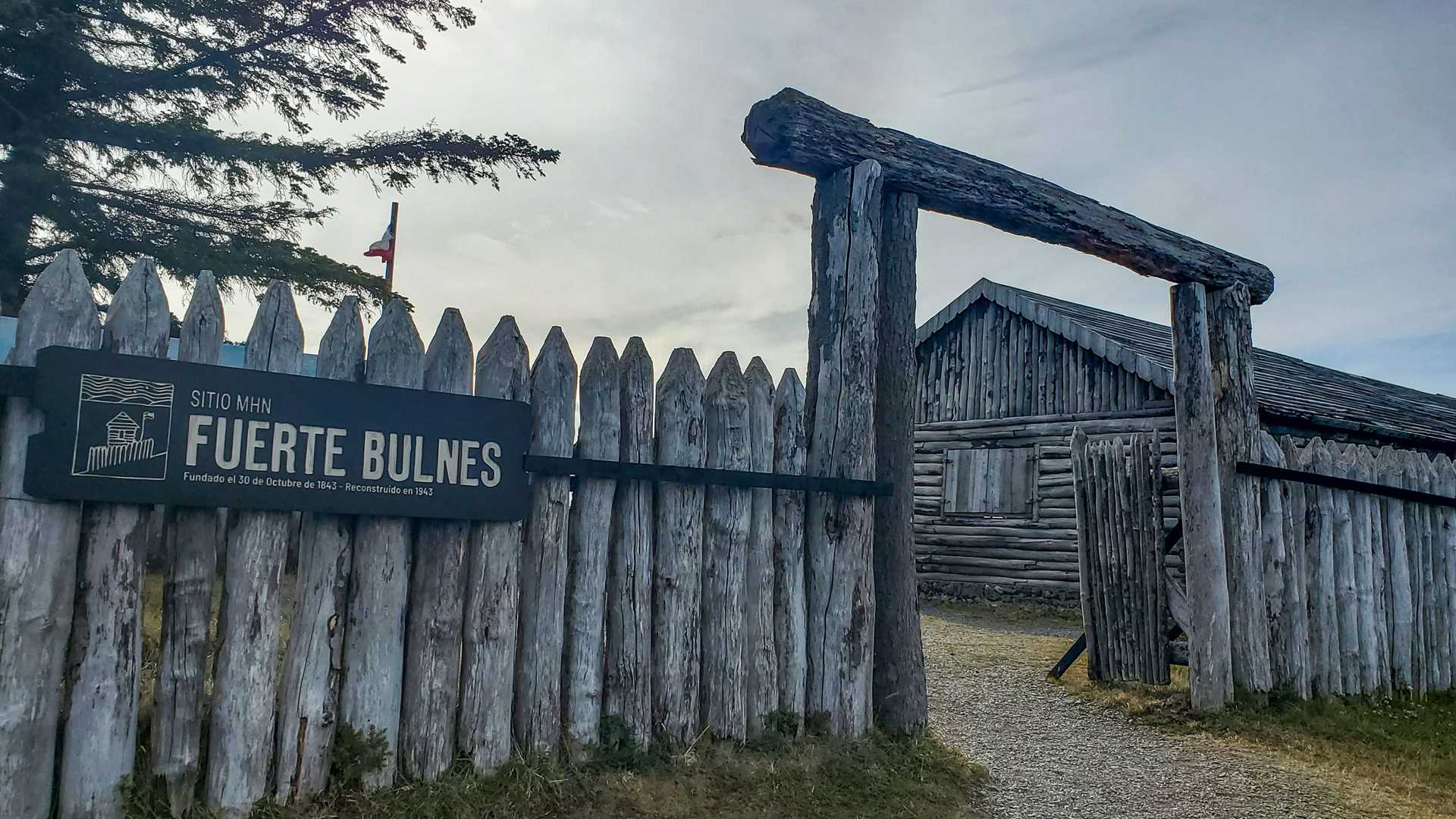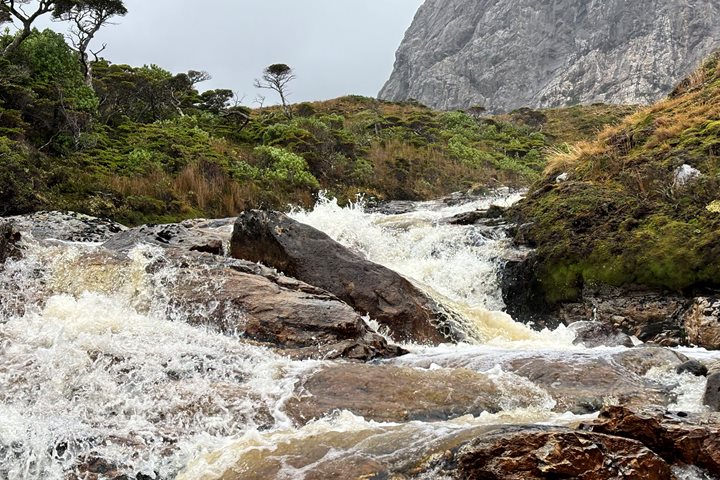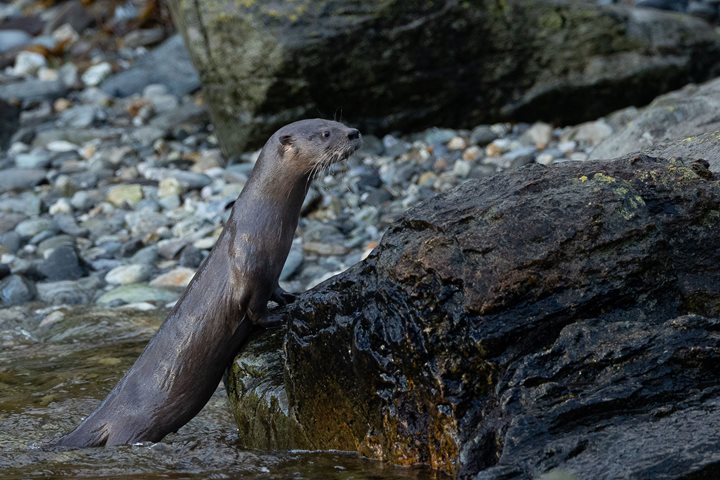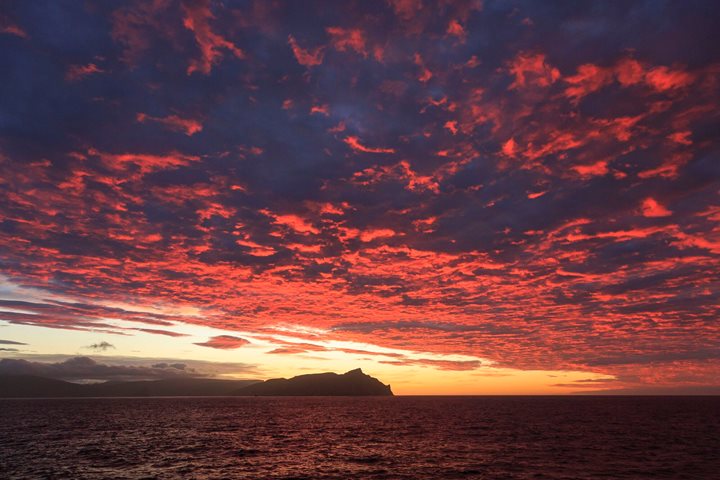National Geographic Endurance started the day in Punta Arenas. The morning found everyone exploring the area around Fort Bulnes. This fort was built in 1843 to secure Chile’s claim on the region and was rebuilt in the same location in 1943 as a historical monument. In the afternoon, we all boarded local skiffs and crossed over to Isla Magdalena. This island is the breeding ground for thousands of Magellanic penguins. Several hundred were still ashore, molting their feathers before setting out to sea for the winter months of feeding.
3/28/2024
Read
National Geographic Endurance
Isla de los Estada, Ushuaia
We entered Bahia Capitan Canepa where the mountains were rounded over by ancient glacial grinding and the valleys had begun to fill in with nothofagus trees and many of the ferns, mosses, and lichens familiar to the rest of this region. Waterfalls were found around every corner, and both sea lions and fur seals were scattered about, playing in the cool water. Some places felt like scenes from Jurassic Park with waterfalls turning to showers before they hit the seawater below, while the wind fiercely blew the scattering droplets about. The rain was steady, but moods were bright as we encountered shags and oystercatchers along the shores of this magical place. Showers cleared by the afternoon while we made our way west to Ushuaia on the final leg of this voyage. The Beagle Channel always feels different depending on what direction we are traveling. At the beginning it is wonderous and full of mystery, but the return trip always feels sad as we prepare to disembark and bid farewell to our newly made friends. This part of the voyage is fun for spotting whales and Magellanic penguins, but we all know it is short for time. By 2130 dinner ended and National Geographic Endurance’s bow thrusters and Azipods were driving us to the pier for our final berthing of this incredible voyage.







